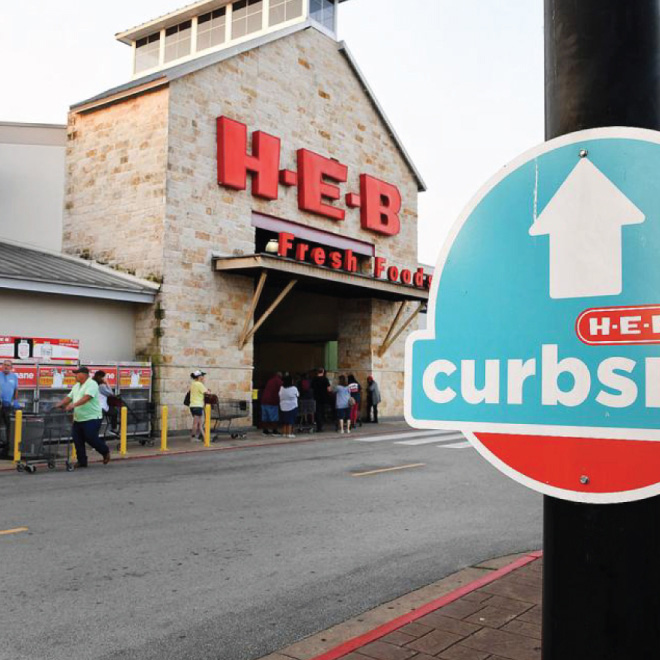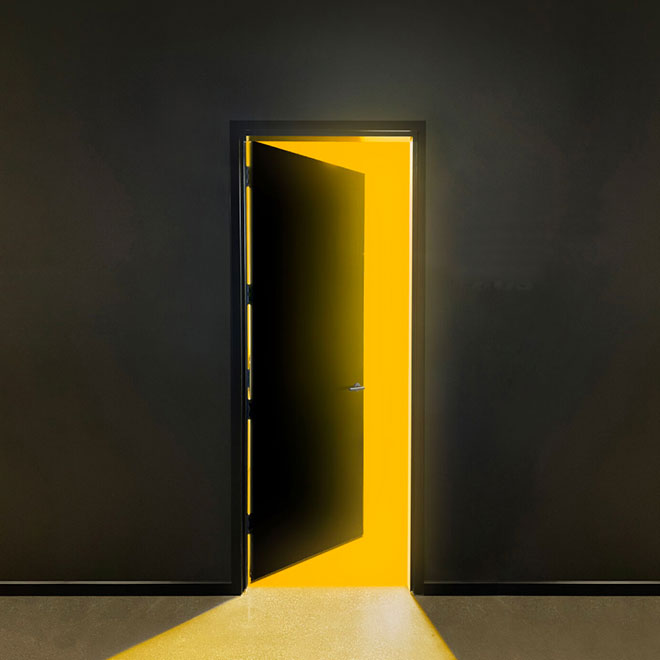
The Future is NOW-Evolving Grocery Operations for Tomorrow’s Customer Today
Navigating the Tech-Infused Landscape that is Transforming Grocery Retail Operations
Estimated Read Time: 3 - 5 Minutes
In the wake of COVID-19, the pace of innovation has surged, prompting grocery stores to swiftly adapt their operations to meet evolving customer demands. Almost overnight, companies had to roll out new operating platforms, put safety measures together, and pull forward future pilots to keep up with the demand. But this was only the beginning. You can’t operate like a 21st-century business if you are afraid to invest in the key things that will get you there. The competition will pass you by as fast as you can say “where’s my mask?”
It’s no secret that grocery stores are constantly looking for ways to increase profits and reduce food waste. Everything from the number of people on staff, having the right inventory levels, and even ensuring the right equipment, is scrutinized to ensure they are as productive as possible. But the core fundamentals of operating a store are changing.
The future is now, and we believe these three things can help grocery stores stay ahead of customers’ new expectations of what it means to shop.
- Predictive Analytics for Inventory Optimization. Replenish, replenish, replenish. Walking into empty aisles is never a good thing, especially at the grocery store. As online ordering continues to rise, grocery stores must leverage predictive analytics to forecast inventory needs accurately.
Predictive analytics by definition means “using data, statistical algorithms, and machine learning techniques to identify the likelihood of future outcomes based on historical data.”1 The use of data, statistical algorithms, and machine learning enables faster inventory management, eliminating overstock and understock situations. By embracing predictive analytics, grocers can enhance the in-store replenishment system, ensuring shelves are always well-stocked to meet customer expectations.
- Automation for Increased Efficiency. The surge in e-commerce transactions necessitates automation to reduce mundane tasks and enhance customer interactions. Fully automated systems can reduce warehouse costs by 65% and reduce logistics-related spatial costs by 60% with increased output.2
Automation also streamlines the processing of curbside orders, making order fulfillment more efficient. Think about how Micro-Fulfillment Centers (MFCs), dark stores, and delivery can leverage automation and drive profitability! These options can capitalize on robotics to drive operational efficiencies, ultimately boosting profitability.
- Embracing Technological Advancements. Investments in technology are not only smart, they are becoming the price of entry for doing business.Warehouse automation technology expenditures are expected to double from $13 billion in 2018 to $27 billion in 2025.3 Checkout free and smart carts are transforming the shopping experience, offering convenience and efficiency. What once seemed futurist, is now gaining traction. Smart carts are helping shoppers streamline their experience. According to a recent Grocery Dive article, “Think of an experience where you buy 20 items online and when you walk into the store those 20 items are already in your cart and you can head to the produce aisle.”4
Investments in technology can also help with food waste and environmental impact. According to Afresh, one-third of all food is thrown away each year, which impacts the environment and grocers’ bottom lines. The San Francisco-based AI company says its technology has led to as much as a 50% reduction of in-store food waste and 3% incremental growth in sales.5
The Grocery Store of the Future Concept
While these address how to drive operational efficiencies for the sake of customer and employee experience, we wanted to ask consumers for their perspective—specifically around the idea of a dark store (pickup only) as well as a new grocery store concept.
In a study of 2,100 consumers conducted in June 2020, we asked respondents to react to a variety of scenarios and modes of shopping based on the new reality we’re all living in. One thing we asked about was a pickup-only store, with the rise (and power) of dark stores and MFCs, we wondered how consumers feel about them in practice. The willingness to shop such stores by category (based on top two box score) is below and at first glance appear optimistic—especially for restaurants which received the highest score. Grocery came in 4th with 40% of respondents saying they would use a pickup only store, yet through qualitative research we knew consumers still want to touch, feel and choose some of their own groceries.
Enter the “Grocery Store of the Future” concept—part shopping, part fulfillment, part BOPIS, part experiential—the best of all worlds. In fact, consumers agreed. Over 55% of all respondents said they would shop at a store like this (see visual below)—one that offered home delivery, pickup, reduced shopping space, and experiences (think cooking shows, coffee shops, etc.). One respondent told us, “Love this idea. We could order staples for pickup and grab that on the way out when we finish our shopping. Or, if we’re feeling lazy we have employees bring our online order out to our car.”

If this time has done anything good for retailers, it’s the permission it has given them to react and experiment quickly in the name of their associates and customers. How have you responded? Are there opportunities to improve operational practices through better implementation and integration of technology? Can you test a pickup only store or consider converting an existing location into a hybrid model? Now is the time to test, learn, and do it quickly. How can we help turn today’s opportunities into a vision for tomorrow?

 Joanne Heyob
Joanne Heyob


